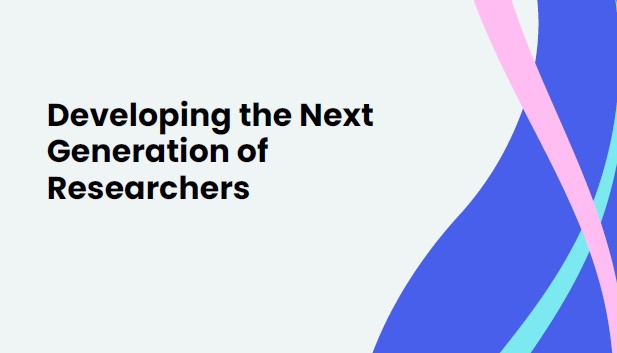In short:
- Without easy access to a shared physical space, EWFH employees noted they had to have scheduled, rather than spontaneous, interactions with colleagues. While this approach led to a decrease in the number of interruptions, it also impacted the kind of knowledge-sharing that comes through ad-hoc or unplanned discussions among workmates. Junior employees, in particular, felt hamstrung by the inability to easily gauge if a colleague was busy or available to provide advice or input. Similarly, while screensharing of documents became common practice, it did not replace the value of in-person discussions.
- EWFH participants agreed that regularly scheduled virtual team meetings helped mitigate feelings of isolation and maintained a sense of collegiality. However, the lack of boundaries between work and home proved challenging for some, particularly those with family commitments. They reported that frequent meetings could feel burdensome as they tried to simultaneously manage work duties with children and other carer responsibilities.
- Particularly for those respondents who usually work offsite, EWFH created a welcome sense of inclusivity and collegiality. This was largely because teams used the same technology channels to communicate during their EWFH. This shared approach helped “flatten” traditional perceptions of hierarchy among employees and also enabled workers to meet colleagues they would not previously have connected with. However, virtual networking events were also marked by a sense of “rigidity” because technological limitations meant that only one person at a time could speak.

Dr Wenjie Cai (University of Greenwich) said that the speed and ubiquity of lockdown helped create a strong virtual community.
“Organisations did not have time to provide proper training to their staff, and many knowledge workers did not have the chance to fully prepare for remote e-working. But on the other hand, we were all in this together. For the first time in history, remote e-workers were not the marginalised group. People genuinely supported each other from a distance.”
For more information on the results of the research, visit the University of Greenwich website.




